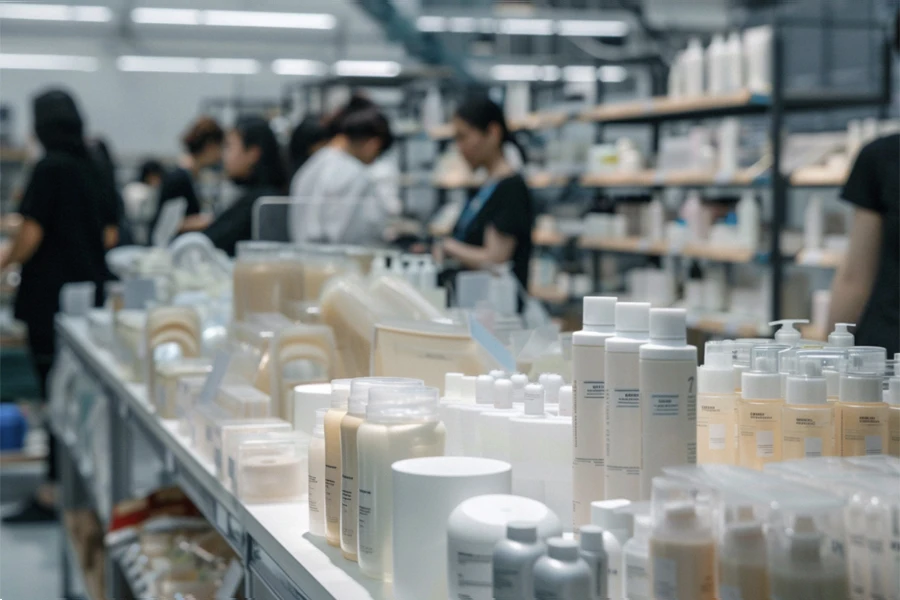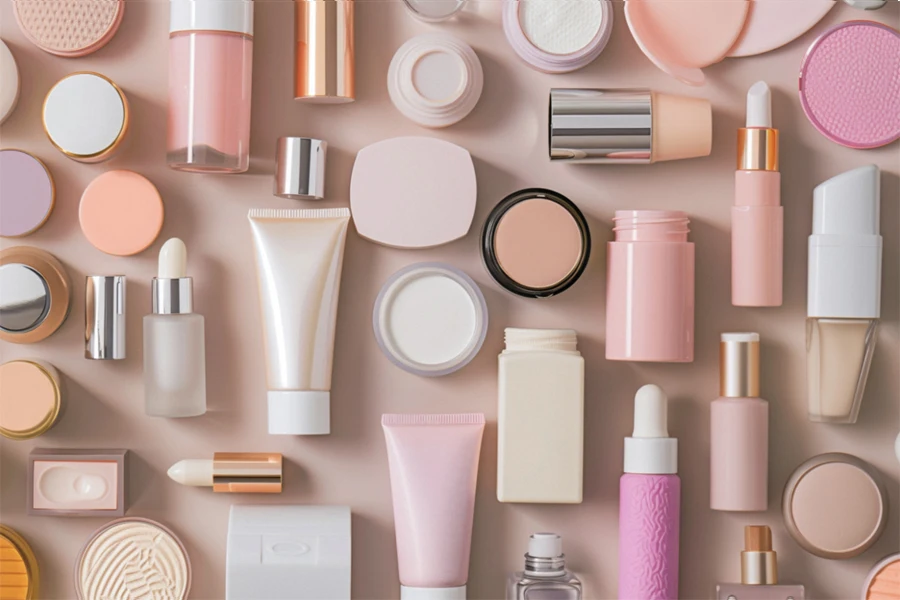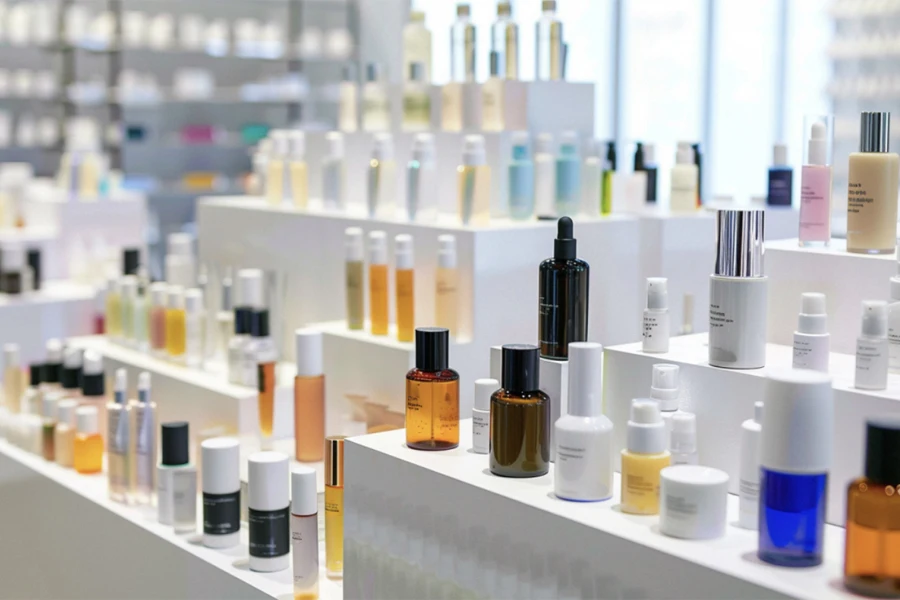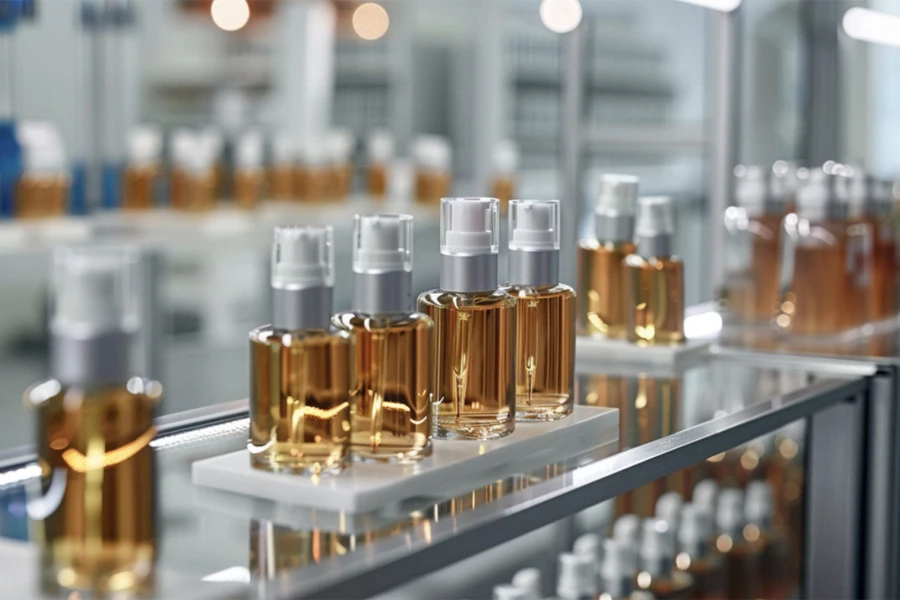In the ever-evolving beauty industry, the pressure to extend cosmetic longevity while complying with stricter regulations and navigating supply chain disruptions has become paramount. As brands face these multifaceted challenges, the necessity for innovative solutions that bridge consumer expectations with sustainable practices is more crucial than ever. This article explores how forward-thinking brands are revolutionizing their formulations, packaging, and business practices to not only meet these demands but to thrive, ensuring both sustainability and consumer trust.
Table of Contents
● Stricter regulations and supply chain challenges
● Innovations in product longevity
● Bridging the say-buy gap through sustainable design
● Future-proofing the beauty industry: actions and trends
Stricter regulations and supply chain challenges
As global regulatory bodies tighten the reins on cosmetic formulations and packaging standards, beauty brands face significant pressure to adapt swiftly. These enhanced regulations aim to ensure consumer safety and environmental sustainability but often result in complex compliance requirements. For instance, the EU’s recent adjustments to cosmetic preservatives under Annex V of the Cosmetic Regulation (EC) No 1223/2009 have prompted brands to reformulate products to meet safety standards without compromising quality.

Compounding these regulatory challenges are the ongoing supply chain disruptions triggered by global economic volatilities, such as trade conflicts and unexpected pandemic-related shutdowns. These disruptions have highlighted the fragility of globalized supply networks, pushing cosmetic companies to reevaluate their supply chain resilience. Brands like Impartialists and Synergists, known for their fact-driven and eco-conscious consumer bases, are particularly scrutinized, forcing them to navigate these disruptions carefully to maintain trust and market stability. The dual pressures of compliance and supply chain unpredictability make it imperative for brands to enhance their agility and foresight in product development and distribution strategies.
Innovations in product longevity
In response to these challenges, the beauty industry is witnessing a paradigm shift towards enhancing product longevity. This movement is not only a response to consumer demand for durability and value but also a strategic alignment with global sustainability goals. Brands are increasingly focusing on formulations that offer extended usability without compromising on safety or aesthetic appeal. For example, Faber-Castell Cosmetics in Germany has innovated a refillable cosmetics pencil that allows users to replace colors without discarding the entire product. This not only reduces waste but also caters to consumer desires for customizable and sustainable beauty solutions.

Moreover, American brand Neen has taken durability to the next level with its silicone packaging solutions that are designed to withstand physical stress—demonstrated through rigorous tests of throwing, shaking, and bending—without damage. These advancements in product design reflect a broader industry trend towards ‘slow beauty,’ where the focus is on quality and sustainability rather than rapid consumption. Such innovations are crucial in positioning brands as leaders in sustainability, appealing to environmentally conscious consumers and setting a new standard in the cosmetic market for longevity and eco-friendliness.
Bridging the say-buy gap through sustainable design
In the quest to reduce environmental impact and enhance consumer satisfaction, the beauty industry is increasingly embedding sustainability into product design. This approach not only addresses the environmental concerns but also taps into the consumer’s desire for ethical products without sacrificing convenience or aesthetics. A prime example is Brazilian brand Amokarité, which has developed the zero-waste 3 in 1 Multifunctional Solid Lipsticks. These products feature solid pigmented balls, available in eight shades, designed to fully exhaust their use without leaving residual waste. They can be applied on the eyes, lips, and cheeks, showcasing versatility and commitment to zero waste.

This product design cleverly lessens the ‘moral injury’ consumers might feel when purchasing products that do not align with their personal ethics. By reducing the eco-accountability required from consumers, such innovations bridge the say-buy gap, where customers’ purchasing intentions align more closely with their values. Furthermore, these sustainable design choices are increasingly influential in purchasing decisions, as consumers look for brands that actively reduce the environmental footprint without compromising the quality or effectiveness of the product.
Future-proofing the beauty industry: actions and trends
The beauty industry’s future hinges on its ability to anticipate and adapt to evolving consumer expectations and regulatory environments. Leading this charge are initiatives like the Traceability Alliance for Sustainable Cosmetics (TRASCE), which includes prominent brands such as Chanel, Dior, and Estée Lauder. TRASCE aims to enhance transparency and traceability across the supply chain, improving both consumer trust and regulatory compliance. By mapping the origins and lifecycle of beauty products, these brands are not only meeting increased regulatory demands but are also providing consumers with the assurance that products are ethically sourced and produced.

Innovation continues with product formulations and delivery methods that aim to extend longevity and reduce waste. For instance, Judydoll’s Glamorous Glaze makeup collection features freeze-dried powder technology that extends the product’s shelf life and reduces the need for preservatives. Similarly, Korean brand Neogen has replaced traditional mascara wands with a novel metal applicator brush that can be reused and cleaned, significantly reducing waste associated with daily beauty routines.
These innovations demonstrate a significant shift towards more sustainable practices in the beauty industry. By investing in such trends, brands not only ensure their market relevance and compliance with stringent regulations but also lead the way in the industry’s evolution towards sustainability and consumer-centricity. As these practices become more mainstream, they will likely set new standards for product design and corporate responsibility in the beauty industry.
Conclusion
As the beauty industry navigates through the complexities of stricter regulations and supply chain challenges, its commitment to enhancing cosmetic longevity and sustainability becomes ever more critical. By innovating product designs, such as refillable components and durable packaging, and embedding sustainability into core business practices, brands are setting new standards for the industry. Initiatives like TRASCE are pioneering transparency and fostering trust, ensuring that the beauty sector not only meets current demands but also anticipates future trends. These efforts are essential in building a resilient, sustainable, and consumer-centric beauty industry that not only survives but thrives in the face of global challenges.




